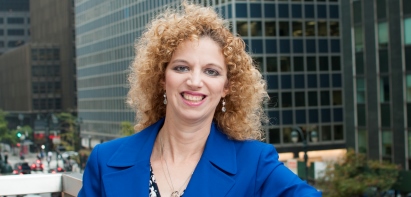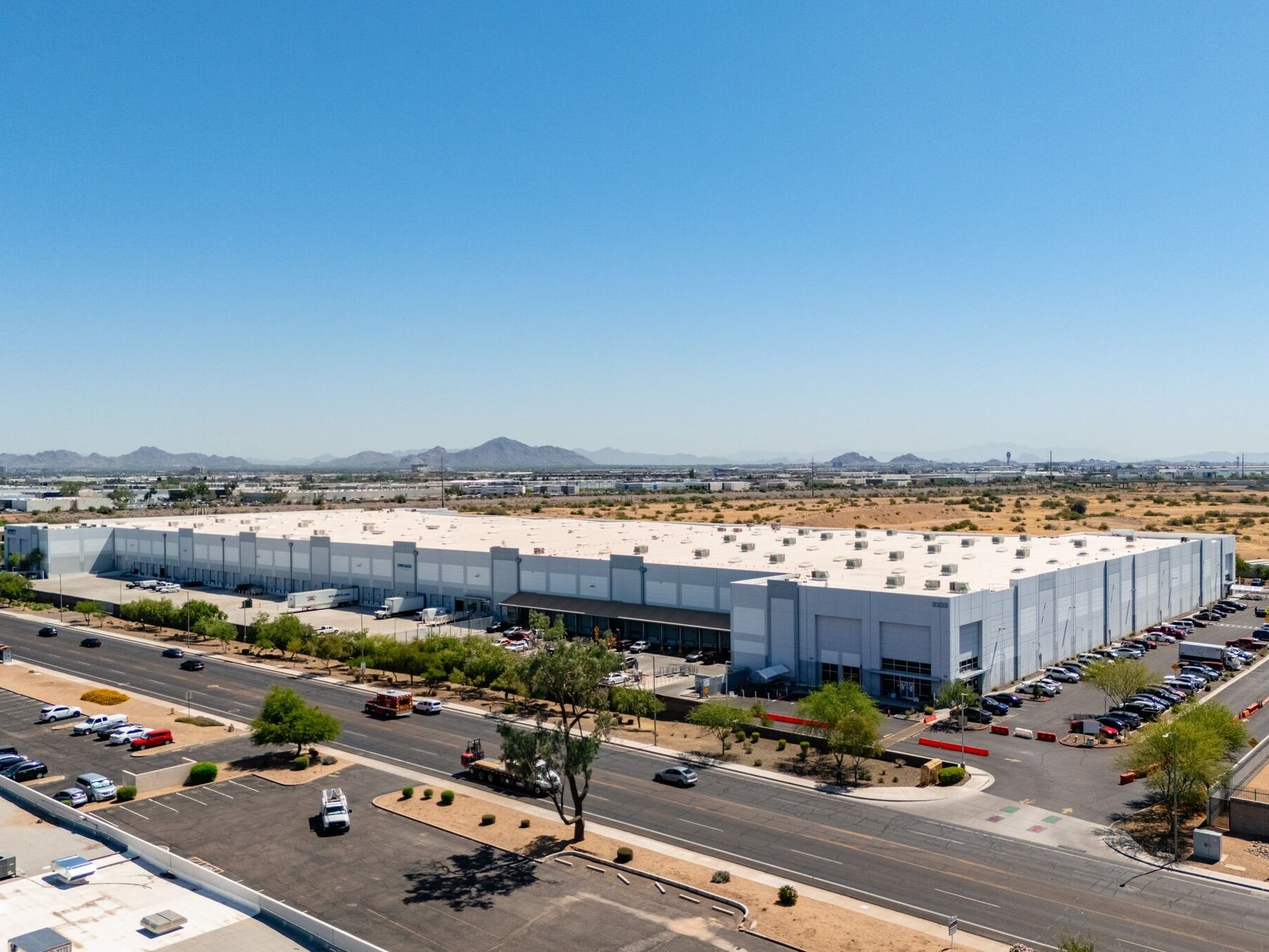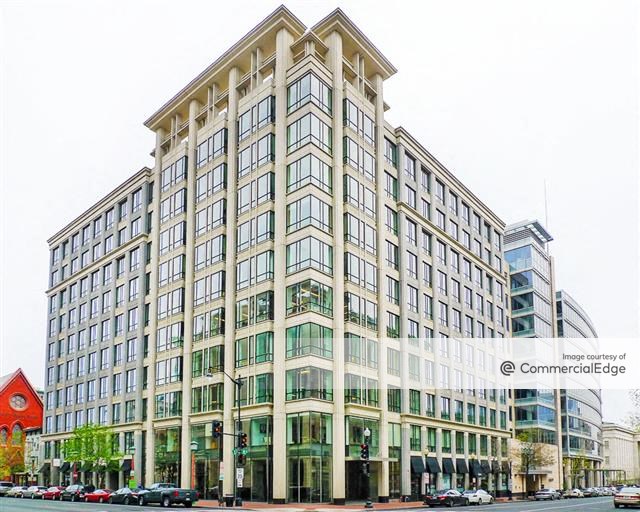Federal Effects
It’s been quite a year. From inauguration to sequestration to the extension of quantitative easing to the two-week shutdown, the federal government’s actions have taken the country on an economic roller-coaster ride. While overall the economy has grown and employment has improved, the ups and downs that have occurred along the way have injected at…
It’s been quite a year. From inauguration to sequestration to the extension of quantitative easing to the two-week  shutdown, the federal government’s actions have taken the country on an economic roller-coaster ride. While overall the economy has grown and employment has improved, the ups and downs that have occurred along the way have injected at least a twinge of uncertainty into the business sector, real estate included.
shutdown, the federal government’s actions have taken the country on an economic roller-coaster ride. While overall the economy has grown and employment has improved, the ups and downs that have occurred along the way have injected at least a twinge of uncertainty into the business sector, real estate included.
Certainly, the low interest rates continue to buoy the real estate investment market—however artificially, given the high prices in the most desirable markets. But the dearth of attractive yields is creating a kind of Catch-22. Many would-be sellers hold on to their properties, making it difficult for interested buyers to achieve a 1031 exchange. That, in turn, makes those investors reluctant to take the plunge. Nonetheless, the recently released 2014 Emerging Trends in Real Estate report found rising confidence in both investment and development opportunities in most markets and property types.
Intriguingly, our own CPE 100 Quarterly Sentiment Survey was less conclusive. Perhaps uneasy about the government shutdown that then loomed, executives revealed a continuing fluctuation in confidence. Emerging Trends report author Stephen Blank told me during the Urban Land Institute Fall Meeting in November, when the report was released, that investors will need to pursue value-add opportunities to achieve anything approaching reasonable returns next year (a point he elaborates on in our video on CPE TV).
The Emerging Trends results are grounded in some solid statistics, as evidenced on this month’s data pages. The S&P 500 has largely been rising, even surpassing the all-time high it reached shortly after the shutdown; the single-family housing market has been improving; and commercial mortgage defaults have moderated as investors refinance their assets or negotiate extensions of loan maturities. Conventional wisdom suggests that office users need less space as corporations cut per-person allocations and embrace flexible work programs. But demand for office space has actually risen this year and will continue to grow in 2014, according to CoStar Group Inc. That uptick, coupled with controlled delivery of new product, points to positive net absorption, decreasing vacancies and rent growth.
It remains to be seen which direction these trends will take in the first quarter, when Congress again faces the prospect of an unprecedented default on the national debt—that same can they kicked down the road in October. Expectations are that a default will be avoided, but change is nevertheless on the horizon, in the form of retirement of the Federal Reserve’s QE3 program and the long-delayed increase in interest rates. Thus, there will be new hurdles to surmount as the industry seeks out opportunity. The right mix of creativity, intelligence and skill will be necessary to withstand the next set of challenges, as well.
Suzann D. Silverman, Editorial Director







You must be logged in to post a comment.